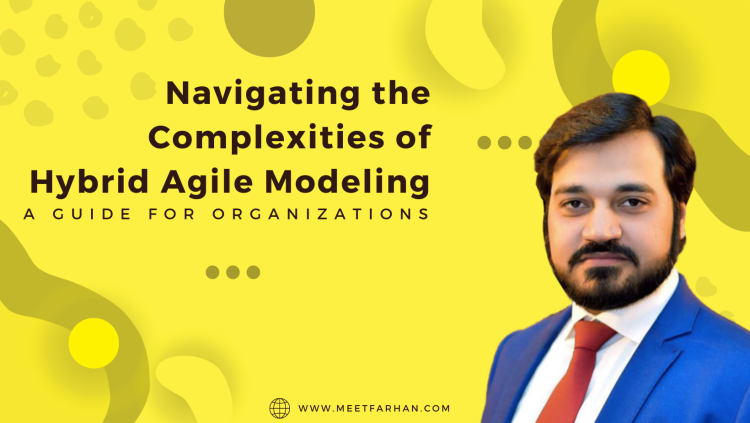
Hybrid Agile Modeling is a combination of traditional and Agile modeling approaches that allows organizations to take advantage of the best aspects of both worlds. It is a way of tailoring the Agile process to the specific needs of a project or organization and is becoming increasingly popular in today’s fast-paced and ever-changing business environment.
One of the main advantages of Hybrid Agile Modeling is that it allows teams to work more efficiently and effectively. By combining traditional modeling approaches, such as Waterfall, with Agile methodologies, teams can take advantage of the predictability and structure of traditional models, while still being able to respond quickly to changing requirements and market conditions. This is particularly important in industries such as software development, where requirements and technologies are constantly evolving.
Another advantage is that it allows teams to be more flexible in their approach to modeling. By using a hybrid approach, teams can adapt their modeling strategies to the specific needs of their projects, whether that means using a more traditional approach for large, complex projects, or an Agile approach for smaller, more nimble projects.
However, it’s important to note that Hybrid Agile Modeling is not without its challenges. One of the biggest challenges is that it requires a significant shift in mindset and culture, particularly for organizations that are used to traditional, top-down approaches to modeling.
To overcome this challenge, organizations should start by educating their teams about the principles of Hybrid Agile Modeling, and encouraging them to experiment with new approaches. It’s also important to establish clear roles and responsibilities for team members and to provide them with the tools and resources they need to be successful.
Hybrid Agile Modeling is a powerful approach that can help organizations work more efficiently and effectively, while still being able to respond quickly to changing requirements and market conditions. While it may require a significant shift in mindset and culture, the benefits of this approach are well worth the effort.

